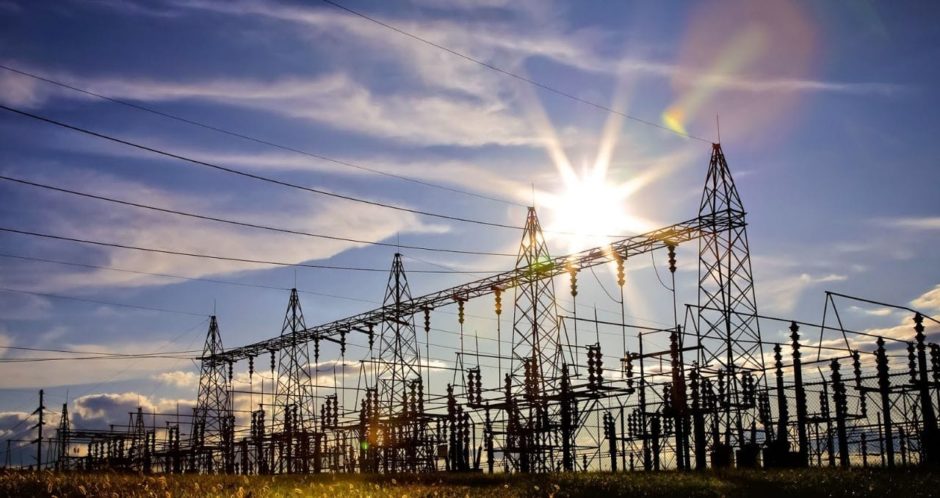
South African President Cyril Ramaphosa has cut short his foreign travels and hurried home as the load shedding crisis mounts.
Ramaphosa blamed the country’s “ageing power stations” and said the crisis underscored the need to adopt his proposals from July.
“On Sunday, I held an urgent virtual meeting with Ministers and officials on the reasons for the current load shedding, and the steps being taken to reduce the severity and frequency of load shedding in the coming days and weeks. Eskom has already announced some of the measures it is taking and we will remain seized with this issue until the situation is resolved,” he said.
Eskom upped load shedding to Stage 6 over the weekend, although reducing this to Stage 5 as of this morning. Stage 5 means the country is short by 5,000 MW, Stage 6 means a shortage of 6,000 MW. Should the country reach Stage 8, this would mean customers would only have power for half the day.
The state-owned Eskom launched three programmes to secure more power.
It aims to sign a first supply agreement this week. It has approval to secure at least 1,000 MW of additional power. The company has three strands to procure additional power.
The standard offer sees Eskom buying power at an established price. The emergency generator programme would buy power that is more expensive. This allows independent suppliers to compete with Eskom’s plants in the internal market.
The third option is a bilateral power import. A number of countries have expressed interest in supplying surplus power to South Africa, Eskom said.
Eskom expects to buy around 1,000 MW from local suppliers and import another 2,000 MW.
Currently, planned outages are at 5,411 MW, with another 16,326 MW unavailable owing to breakdowns.
Ramaphosa held talks with US President Joe Biden in Washington last week. The South African warned that if power supplies were erratic domestically, his working visits would not be enough.
“Building strong partnerships with other countries is important, but it is not enough. That is why we are working to make our economy more competitive, more efficient and more attractive to both international and local companies. First and foremost, we have to overcome the electricity crisis,” he said.
Emergency maintenance and outages have put a strain on Eskom’s finances. Diesel supplies at the company’s Ankerlig plant have fallen to 32%, CEO Andre de Ruyter said, “which is too low for comfort”.
He described the company’s ability to buy liquid fuel as “an issue”. Eskom has spent 7.7 billion rand ($433 million) since April buying diesel.
